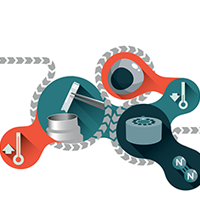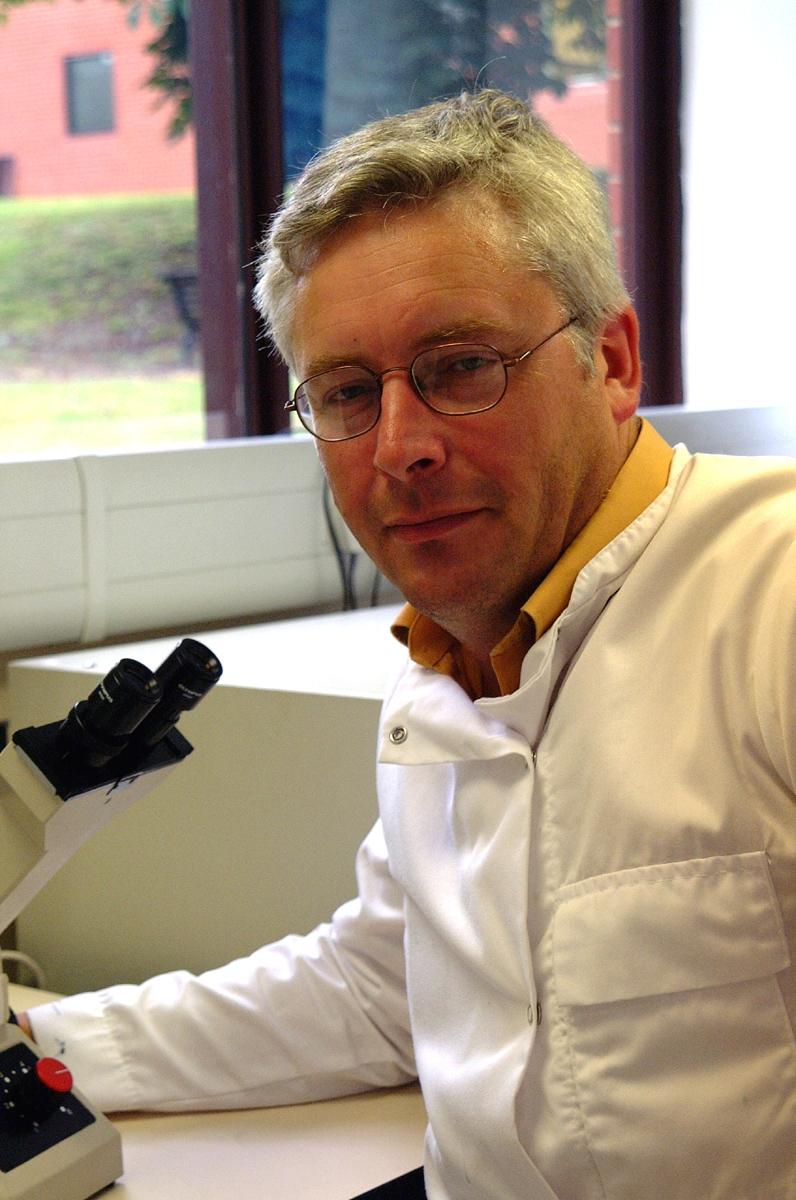Setting the standards for cryopreservation of stem cells for clinical applications
Cell Gene Therapy Insights 2017; 3(5), 385-388.
10.18609/cgti.2017.036
Can you tell us about the UK Stem Cell Bank and its objectives?
The UK Stem Cell Bank (UKSCB) is a project funded by the Medical Research Council and Biotechnology and Biological Sciences Research Council, to support the UK regulatory framework to oversee the use of human embryonic stem cells in research. We hold samples of these cells at the National Institute for Biological Standards and Control near London, and characterize and distribute them for research purposes and clinical applications.
We contribute to the development of cell therapies in several ways. (1) The provision of qualified cell lines that meet European regulatory requirements to go into clinical trials. (2) Provide advice and support to academics and clinical groups moving towards clinical trials. (3) Collaborate with academic institutes which are developing approaches to deliver stem cells towards clinical trials.
UKSCB released its first ‘Regulator Ready’ stem cell lines for use in clinical research. Could you share the process of developing these cell lines?
In collaboration with the University of Sheffield, we released three human embryonic stem cell lines in February 2017 and are now in the process of releasing three additional lines. Over the course of 2017, more will come on stream. The process starts with a due diligence procedure to collect information from the originators of the lines to ensure they meet the regulatory requirements under the European Union Tissues and Cells Directive (EUTCD) before they are accepted for banking and distribution.
What are some of the key differences between cell lines used for clinical application and those used for drug discovery and research?
A number of human embryonic stem cell lines that have gone forward to clinical trials to date, have their origin in research labs. But there are now cell lines available that are fully traceable and appropriate under the regulatory requirements. This traceability includes donor selection/consent, cell line isolation, culture reagents, laboratory banking conditions, testing, storage and shipment. In Europe, these come under the EUTCD regulations, and UKSCB make sure that the cell lines we release meet those regulations.
How important is effective biopreservation for the commercialization of cell and gene therapies, and what challenges does it present for the industry?
Biopreservation, the ability to biopreserve stem cell cultures for cell therapies, is absolutely critical for the development of both the science and therapeutic applications. It enables standardizations through having consistent stocks of cells to distribute to researchers, so they have the same material available over long periods of time, and to supply that same material internationally. Failure of researchers to use quality controlled preserved stocks of cell lines has resulted in major problems such as genetic change in the cells, contamination with microorganisms and mix-up of cell lines, which invalidate research data.
It also enables the developers of products, to make the product in one particular site and ship it to another site for thawing. This happens already with certain cell therapies such as bone marrow samples, but is equally important in the role of advanced therapies.
What are some of the strategies being developed by UKSCB to improve cell banking procedures such as cryopreservation, characterization and quality control?
We’ve had a number of programmes working on quality control and cryopreservation, where we’ve worked within a government funding research project in the UK to deliver novel preservation systems such as liquid nitrogen-free cryopreservation systems, automated thawing devices and other apparatus needed to improve the banking process. We also have a programme of validation of new equipment for the preservation process which is a critical part for the delivery of cells for clinical use.
In terms of quality control and characterization, we’ve carried out several research projects for characterizing viruses and expanding the range of viruses we can detect. Currently we are focusing our efforts in developing tests for detecting variant Creutzfeldt-Jakob disease (CJD), a prion disease, so as to ensure there are no detectable prions in our cell lines. In addition, we have different processing projects where we’re improving the development of stem cells, such as the transfer of our clinical cell lines onto feeder-free culture systems.
Are there any differences in biopreservation procedures used for various cell lines, for example MSCs, IPCSC and HSCs?
The biopreservation methods used by researchers are typically based on a slow cooling-rate, using dimethyl sulfoxide as a cryoprotectant. In the earlier stages of delivery of stem cells, several groups were using vitrification process for the preservation of human embryonic stem cells. However, we found that cell recovery is not efficient in the hands of some of our users and currently we are delivering cells preserved using a controlled rate freezing method. There are also other approaches being tried, and we keep involved in those developments with our collaborations.
How do you think the field of biopreservation will evolve over the next 5 years?
I think there are several issues that need to be developed. We’re just about to publish an update from the latest Biopreservation workshop we held at NIBSC in collaboration with the Cell and Gene Therapy Catapult (Regenerative Medicine, in press). There were several issues raised in terms of the equipment that is needed for delivering reliable and safe cell therapies, approaches to storage systems and having new types of cryoprotectants that can work better for new cell therapy preparations.
In addition, we need to focus our efforts in developing methods to analyze the number and rate of cells being recovered after thawing and improve the cell recovery process after biopreservation, and thus the efficiency and safety of cell therapies. To achieve this, we need better analytical tools and cryopreservation systems. A better understanding of the cell biology of systems we’re trying to cryopreserve, and what effect that cryopreservation method has on other cell types in the culture will be crucial to advance the field further.
Affiliation
Dr Glyn N Stacey
Director, UK Stem Cell Bank
National Institute of Biological Standards and Control, UK.
This work is licensed under a Creative Commons Attribution- NonCommercial – NoDerivatives 4.0 International License.


